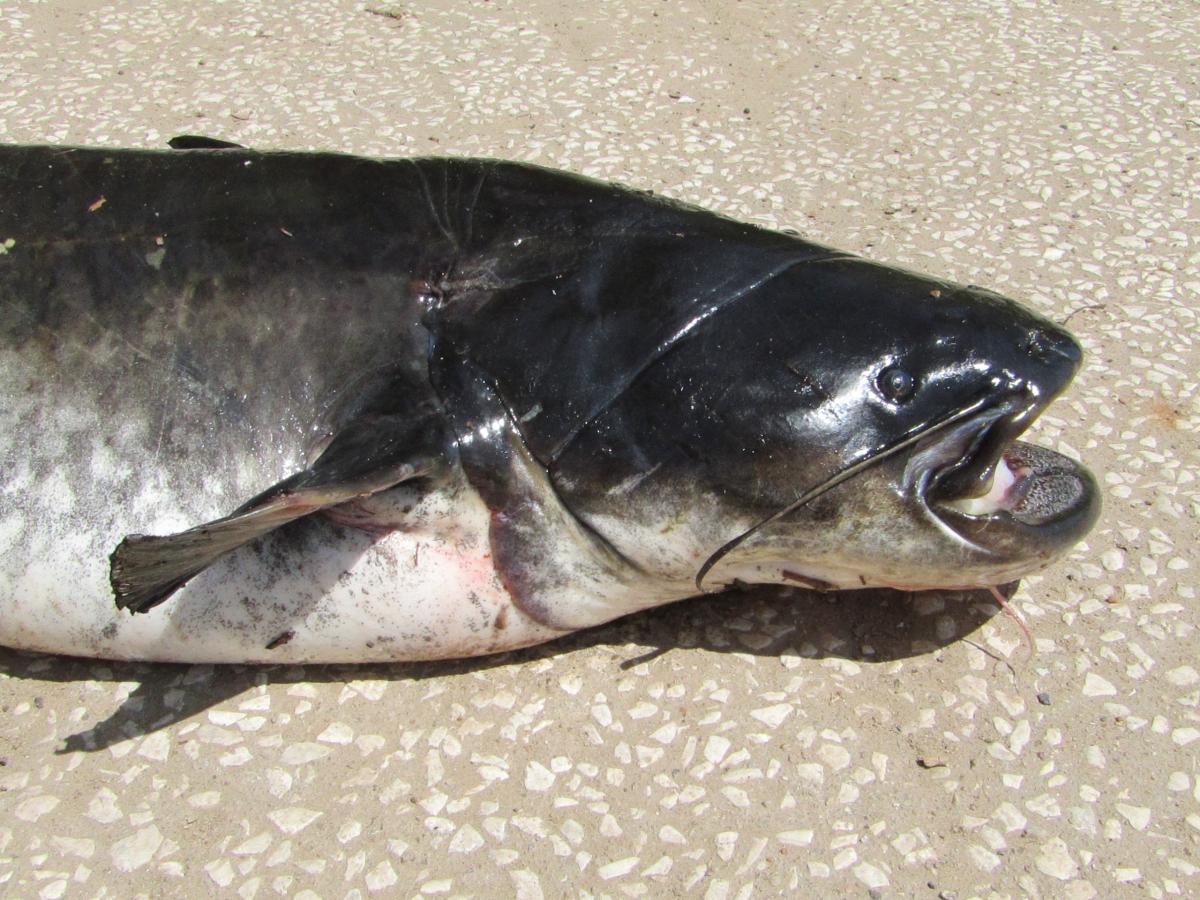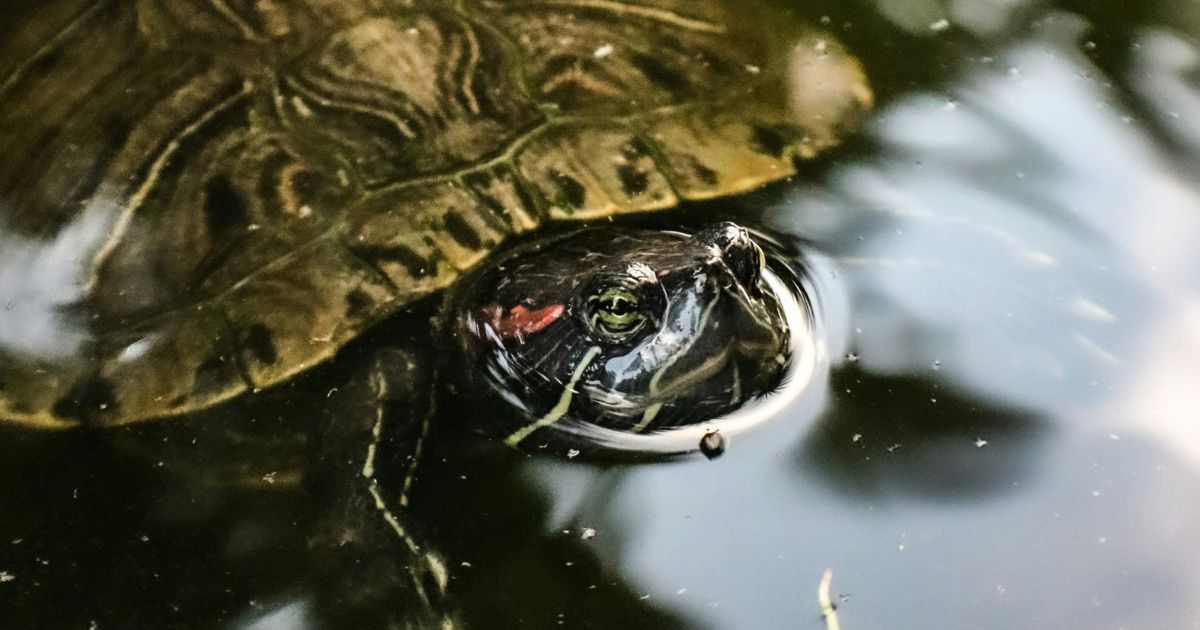Invasive Species in Portugal: MARE researchers warn of growing threat to rivers and forests
Portugal is facing a growing biological invasion. Species from other territories are taking over rivers, dams and forests, with devastating effects on ecosystems and biodiversity. On SIC Notícias' “Essential” program, MARE (Centro de Ciências do Mar e do Ambiente) researchers Rui Rivaes, Filipe Ribeiro, João Rato and Filipe Banha drew attention to the seriousness of the problem and the urgent need for more effective measures.
Siluro: the “lion in the water” threatening Portuguese rivers
In the River Tagus, researchers are studying the impact of the siluro (Silurus glanis), Europe's largest freshwater fish, which has also reached the Douro. It can reach three meters and weigh up to 120 kilos.
“What we're doing here is population control of the siluro, also to understand the effect of removing the siluro in an area that has already been invaded,” explained Rui Rivaes. “We're catching more and more of this species and larger and larger specimens,” he added.
As well as being a voracious predator, the siluro is intelligent: “In France there are videos of it coming to the beach to feed on the pigeons that come to bathe or drink,” said Rivaes. "It also makes large gatherings in areas where it knows our species migrate to lay their eggs, in more confined areas where it can catch them. It also waits to feed on these fish."
Filipe Ribeiro compared the siluro to an unrivaled predator in rivers: "We have to think of it as a lion in the water. If it's immune to predation, it's like having a lion in the water. It will eat all the other prey and nobody eats the lion on the savannah. The otter won't eat it, the cormorant won't eat it, so the only animal that can control it is man."
According to the researcher, the siluro's reproductive capacity is another worrying factor: a siluro of “only” one and a half meters can lay 320,000 eggs. Although only 1% of these animals survive, each female can potentially produce 3,000 adults of this invasive species. "In 20 years' time, 30 years' time, we're only going to have silurs in this reservoir, in this natural park. We're going to have a river, inside a protected area, with only invasive species. That's not the goal we want for a protected area," says Filipe Ribeiro.
The researcher also recalls that many of the species threatened by this predator are unique: "These are natural values that only exist here in the whole world, they don't exist anywhere else. They are endemic species. And it's our obligation as a society to preserve and conserve these unique values."

Florida tortoise: pet abandonment is affecting native tortoises
Already at the Divor dam in Évora, researchers are trying to capture Florida tortoises, an exotic species that poses a serious threat to the Mediterranean and striped tortoises, native Portuguese species. By presenting competitive advantages in terms of food and reproduction, this invasive species is mainly known for competing for places to sunbathe, which is essential for these cold-blooded reptile species.
Filipe Banha explained how these turtles arrive in the wild: "People often come here for weekends, or to play in these leisure areas, and end up bringing pets that they don't want to keep. They think this is a good place to release the turtle because it will survive in these conditions. What happens is that they either establish themselves and cause impacts, or they end up dying out."
Even with the ban on three genera of turtles, the trade continues: “By banning certain species from the market, others with similar characteristics will emerge because they are the ones people are looking for, and they end up having similar impacts on nature,” said Banha.
Researcher João Rato warned of the risks to human health: "For humans, the main disease is salmonella, which is very worrying, especially when people have turtles at home, and much more so for children and the elderly. This is because people touch the turtle's shell and then put their hands in their mouths or eyes."
Regarding legislation, Rato highlighted the lack of practical guidance: "The European directive says that the Portuguese state should control invasive species, but it doesn't say by what means it should do it, with what effort, and so there is nothing legislated. At the moment, all these small projects do is set up traps and then remove the turtles from the wild."
The researcher's final message is clear: "don't buy the turtle if you don't have the capacity to keep it for the 30 or 40 years of its life. Then, unfortunately, if you no longer have the capacity to keep the turtle, don't release it and try to hand it over to CEPNA or ICNF so that they can give the turtle its final destination."
Invasive species represent a growing and concrete threat to Portuguese ecosystems. The siluro and the Florida tortoise are just two examples of how the presence of exotic species, often introduced by human action, can put native fauna at risk. MARE researchers warn of the urgent need for control, prevention and greater public awareness. Preserving Portuguese biodiversity requires knowledge, continuous action and everyone's responsibility.
To access the report click HERE
Written by Patrícia Carvalho
